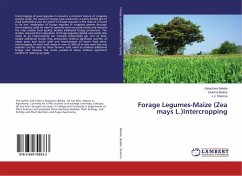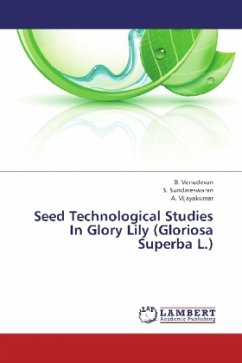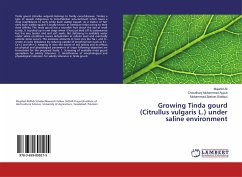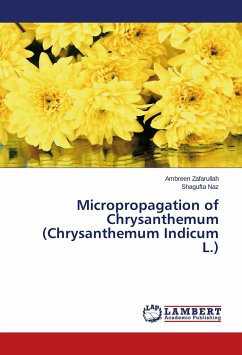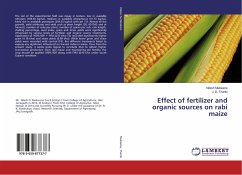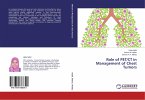Intercropping of grain legumes in cereals is a common feature of cropping systems while, the extent of forage crop production is partly limited due to small landholding and the extent of forage legumes in the mixture is found to be low. Integration of forage legumes in cropping systems through intercropping could be used to optimize land use productivity and improve the crop residue feed quality, besides additional forage production. The studies, showed that integration of forage legumes (lablab and vetch) into maize as an intercropping can increase productivity per unit of land, enable additional forage crop production without significant sacrifice of maize grain and stover yield and improvement of stover feed value. Intercropping of vetch with maize in rows at 50% of its sole seed rate was superior can be used by those farmers, who need to produce additional forage and improve the crude protein of stover without significant sacrifice of maize grain yield.
Bitte wählen Sie Ihr Anliegen aus.
Rechnungen
Retourenschein anfordern
Bestellstatus
Storno

